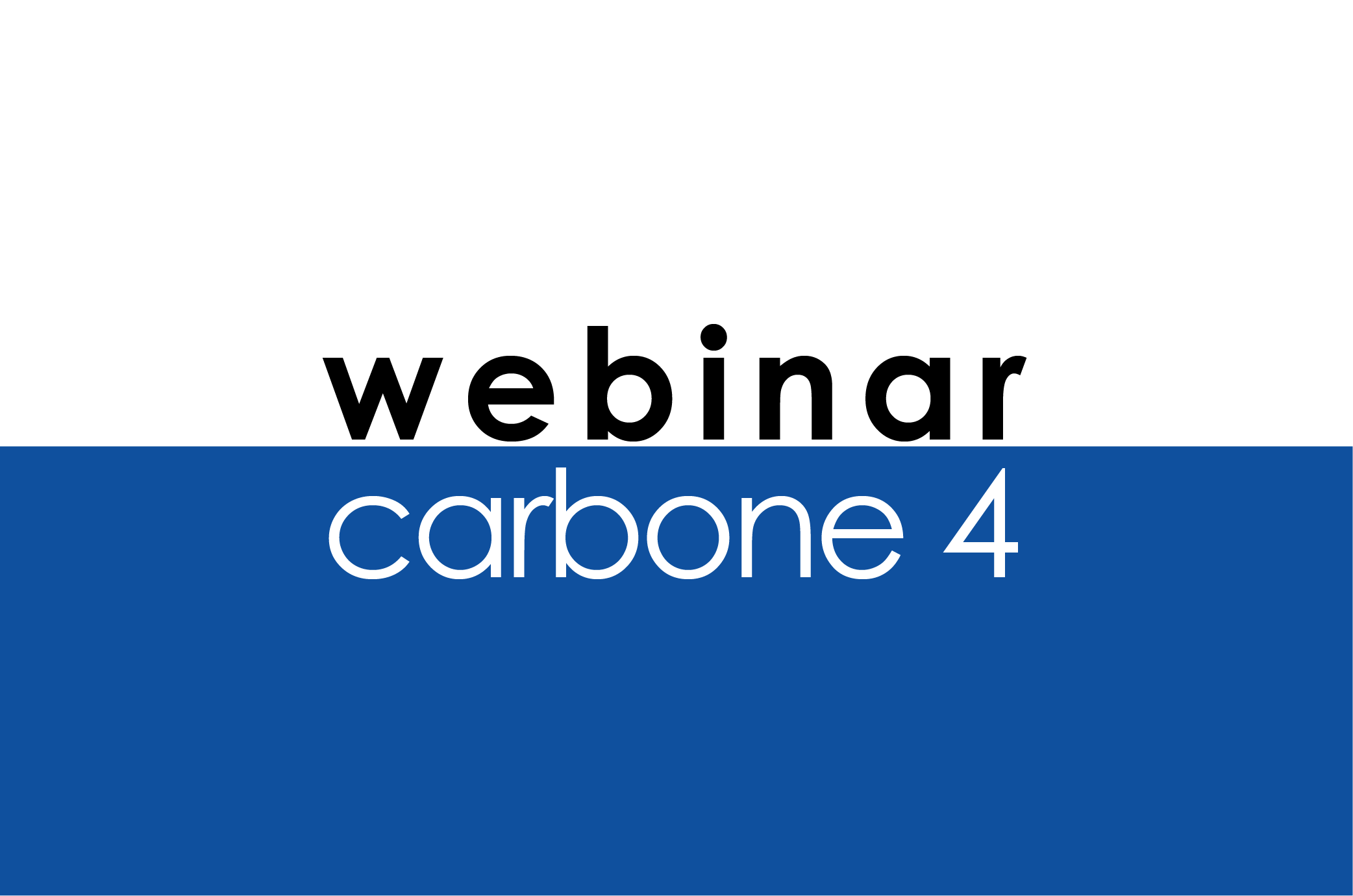CIARA Methodological guide Mitigating climate change
A methodology to assess the impact and alignment of infrastructure portfolios.
This guide constitutes the second edition of the methodological documentation for CIARA (Climate Impact Analytics for Real Assets).
The first edition, published in 2020, established a robust assessment framework to support infrastructure investors in integrating climate considerations into their portfolios. Since then, the methodology has been enriched through client feedback, field applications, and advances in sectoral modeling. This updated version includes such improvements.
This document focuses on CIARA’s contribution to climate mitigation—that is, reducing greenhouse gas emissions and managing transition risks. A complementary documentation concerning physical risks covering the topic of climate adaptation has been published previously.
A biodiversity methodology dedicated to infrastructure assets called BIARA (Biodiversity Impact Analytics for Real Assets) is currently under development at Carbone 4 and will not be discussed in this document.
Executive summary:
Infrastructure assets are essential to our economy, delivering services such as energy, mobility, digital connectivity, water, and healthcare.
Traditional carbon accounting tools are insufficient for infrastructure investors to assess their climate performance. While corporations can progressively decarbonize their operations or shift business models, infrastructure assets have most of their climate impact determined at the moment of investment and design. Once commissioned, the scope for reducing emissions is limited.
Asset managers, asset owners, and financial institutions need frameworks that go beyond emissions snapshots to assess long-term compatibility with decarbonization goals, while also managing transition risks and opportunities.
CIARA was developed to bridge this methodological gap. It provides infrastructure investors with decision-relevant indicators that align with their operational needs and long-term climate objectives. The methodology builds on two main complementary indicators:
Score of temperature alignment with a 2°C scenario
This is CIARA’s core metric and key differentiator. It is designed to increase transparency and help public and private institutions compare assets, understand long term impacts and create a dynamic management strategy for their portfolios. Based on emission pathways tailored to the specific uses of the asset, this score provides a forward-looking assessment of the asset’s compatibility with a 2°C climate scenario over time. The outcome is expressed as a temperature value, ranging from 1.5°C for strongly aligned assets to 5.5°C for those most misaligned. The score can be calculated at sub-asset, asset, and portfolio levels, and it incorporates regional energy mixes, sector-specific pathways, and the functional end-uses of infrastructure.
Carbon footprint
It provides a snapshot of current emissions, helping identify high-impact areas and action levers to reduce them. It also offers a common language for internal monitoring and external reporting. Based on GHG Protocol principles, CIARA associates physical activity data with standardized emission factors to calculate emissions across five lifecycle phases: construction, scope 1 and 2, upstream supply chain, and usage. This allows investors to identify the main drivers of emissions and compare assets within or across sectors. CIARA can provide a disclosure-oriented view aligned with PCAF and SFDR requirements.
One of the key advantages of CIARA’s indicators is its broad applicability across the entire investment cycle—from the inception of a fund, to the acquisition, management, and eventual divestment of infrastructure assets. It can assist financial institutions in setting ambitions, screen new assets, manage funds, improve assets’ performance and manage transition risk exposure. By highlighting best-in-class assets and clarifying investment decisions that can improve climate performance, CIARA turns climate performance into a practical, operational tool.
NB : this methodological guide is in English.
Contacts
Morgane Le Guen, Manager : morgane.leguen@carbone4.com
Projet team : ciara@carbone4.com
Acknowledgements : Carbone 4 would like to thank the sponsors of this project, as well as the proofreaders of the current guide.














